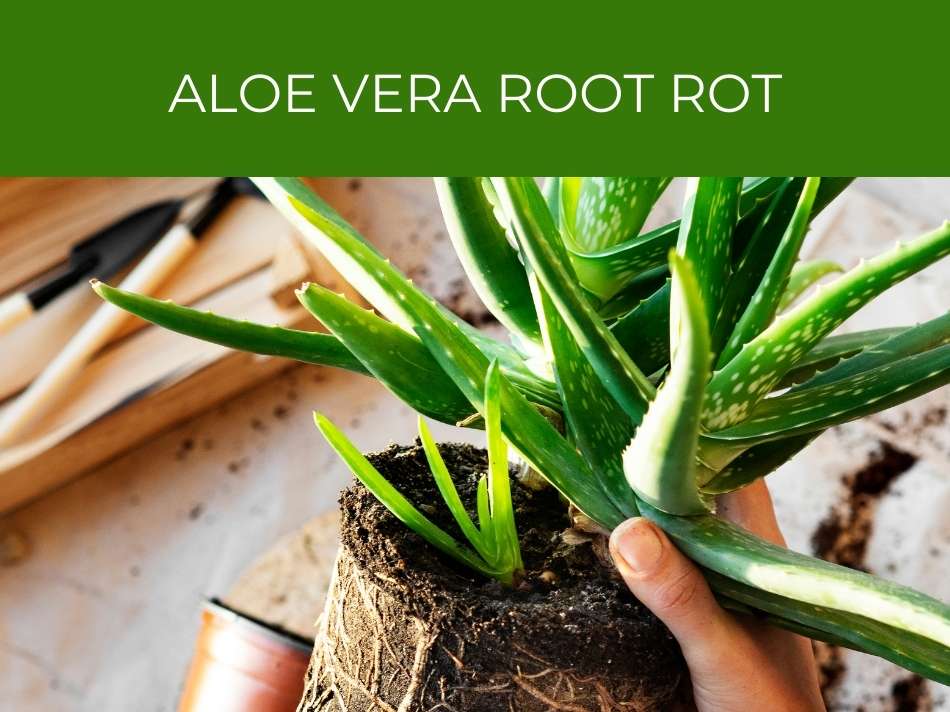Roots need to absorb water and nutrients from the soil for a plant to survive. It is possible, though, for a plant to receive too much water, which can cause it to develop root rot. This is when the roots are so waterlogged that they can no longer absorb nutrients and the plant may die.
Aloe vera root rot is evident in dark brown or black roots that are soft & mushy. The leaves of the plant will turn brown and eventually die if the root rot is not treated. The most likely reason for the root rot is overwatering, which can cause fungal infection.
As the roots become waterlogged, they can no longer absorb the necessary nutrients. It is also possible that the roots will be infected by a fungus.
Treating root rot in aloe vera plants can be as simple as changing your habits and avoiding overwatering. If the plant has quite advanced root rot, you will need to replant it.

Aloe vera root rot
Root rot is a condition where the roots of a plant decay and will die if left untreated. The roots of the aloe vera plant develop root rot if they become waterlogged, or are infected by a fungus. It can also be the result of neglect, or being grown in the incorrect soil.

Aloe vera plants grow naturally in drier areas, so they don’t need a lot of water to survive.
The soil they grow in is also well-drained.
If an aloe vera plant receives too much water, the roots can become waterlogged.
In this case, the roots absorb so much water that they can no longer take in any more.
This affects the rest of the plant and it will begin to wither and can die.
Fungi and bacteria occur naturally in the soil.
If a plant becomes waterlogged, the roots are trapped in an environment where the fungi thrive.
The roots can become infected by a fungus, which will cause the roots to rot.
If an aloe vera plant is neglected, it can become overwatered and develop root rot.
If the soil it is planted in doesn’t drain sufficiently well, then the plant can also become waterlogged.
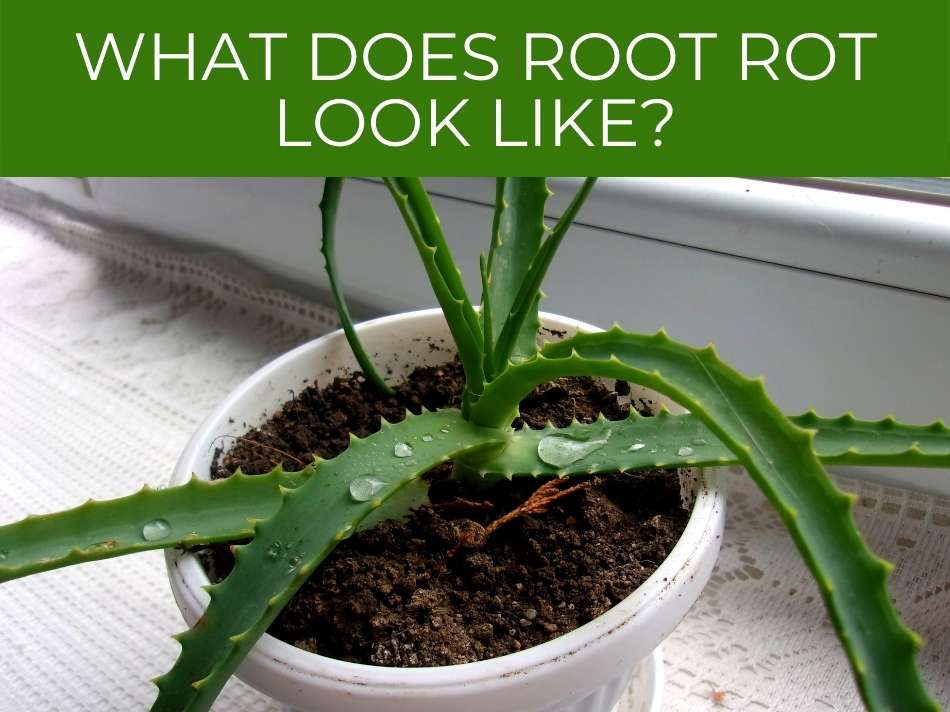
What does root rot look like?
The early signs of root rot are spots developing on the leaves and the lower stems becoming mushy. The leaves will eventually turn brown. Roots that are suffering from root rot turn dark brown and become soft and mushy.
It is not only the roots of a plant that are affected by root rot.
The rest of the plant will begin to show signs of the condition too.
One of the early signs of an aloe vera plant developing root rot is small, brown, soggy spots developing on the leaves.
After the spots have appeared, the leaves will slowly start turning brown.
After a while, they will dry up and die.
They will eventually fall off.
The stem of the plant that is affected by root rot becomes soggy and soft.
The roots of an aloe vera plant that has root rot turn dark brown or lack.
They also become swollen, soft and watery.
The growth of the roots is stunted and the root mass is small.
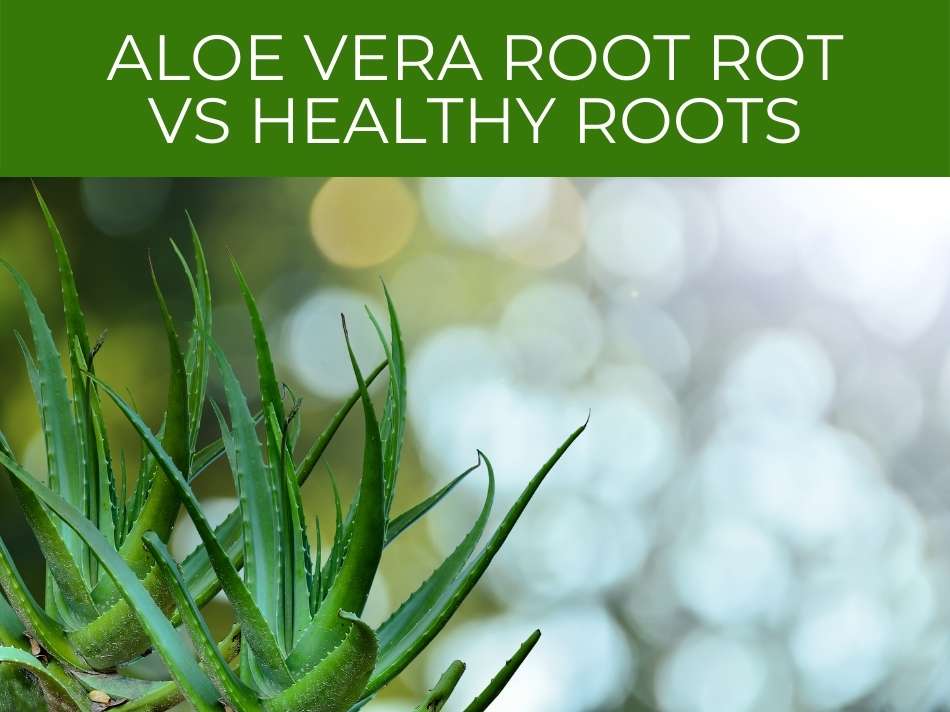
Aloe vera root rot vs healthy roots
Healthy aloe vera roots are whitish brown with a tinge of green. They are firm to the touch. Roots that are rotting are dark brown, or black. They are also soft and mushy, and will be shorter than healthy roots.
The roots of an aloe vera plant are usually dark brown, with a tinge of green.
Sometimes, they can be a mixture of the two colors.
They are also firm to the touch.
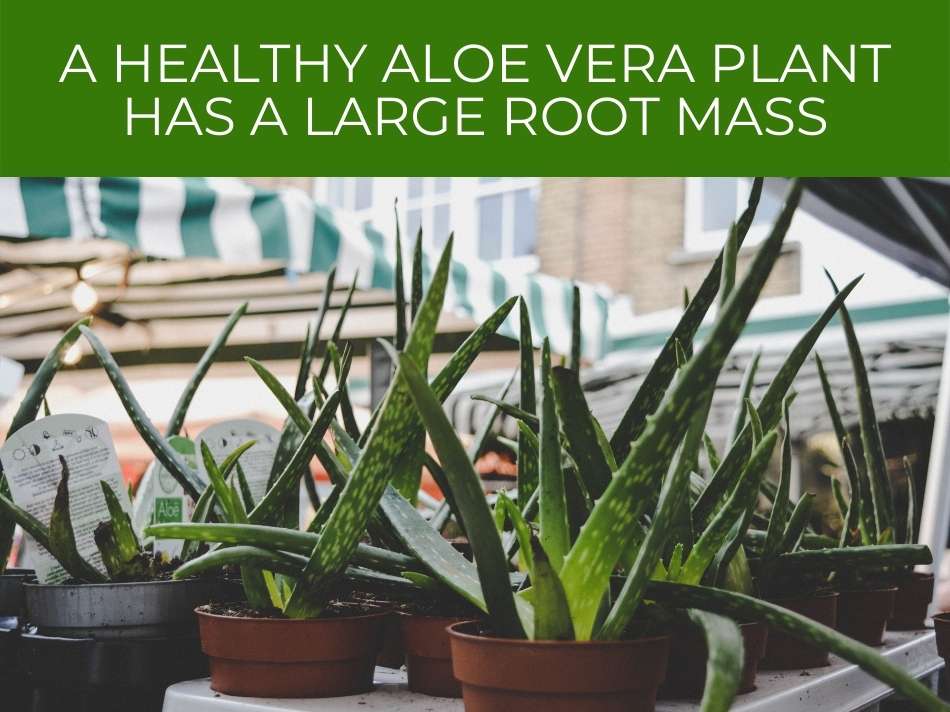
A healthy aloe vera plant has a large root mass.
If the roots are suffering from root rot, they turn dark brown or black.
They also become soft and watery to the touch, because they are holding much more water than they need.
The rotten roots are shorter and smaller than healthy roots.
See our complete guide to getting aloe to bloom.
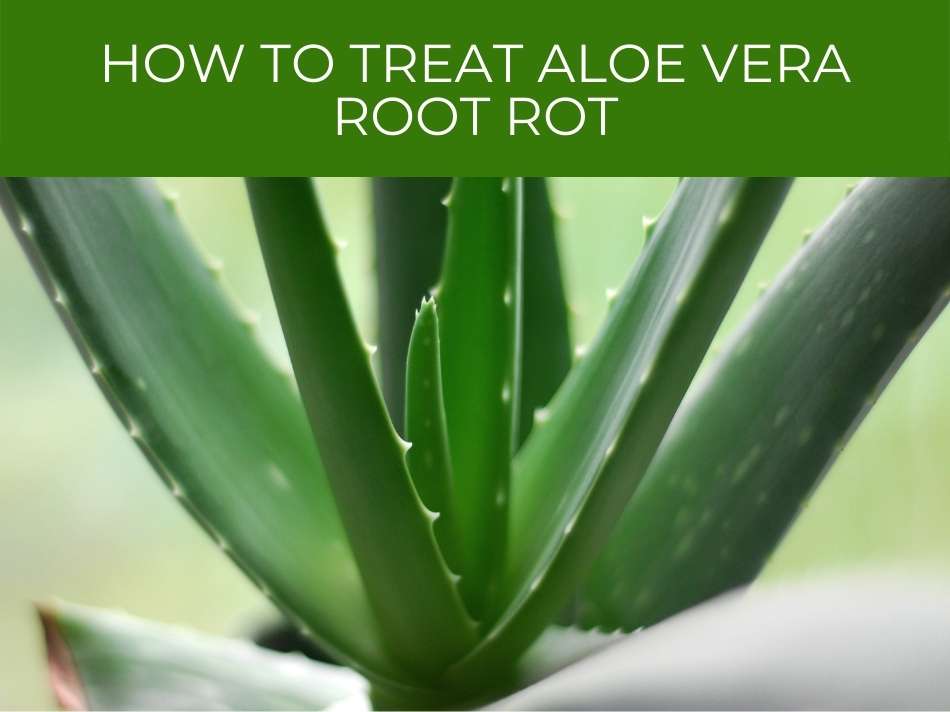
How to treat aloe vera root rot
Aloe vera root rot can be treated by removing the conditions that caused it. This means removing the plant from where it is planted, getting rid of the affected roots, & replanting the plant in new, well-drained soil.
If you see the signs of root rot in your aloe vera plant, you need to treat it immediately.
The best way to do this is to remove the plant from the conditions that caused it.
This means that it needs to be planted in well-drained soil, where water cannot build up and the fungi cannot thrive.
Remove the aloe vera plant from the bed or pot is in.
Cut off the infected roots and discard them.
The roots that are left must be disinfected with a fungicide.
After this, leave the plant for about a day, so that the roots can dry out adequately.
Replant the aloe vera plant.
This means making sure it gets planted in new soil.
If this is in a pot, it will be easy to make sure the soil is well-drained and contains what the plant needs.
If the plant is going to be planted in a bed, choose the bed and position carefully.
After replanting the aloe vera, you will need to look after it properly.
Above all, don’t overwater the plant.
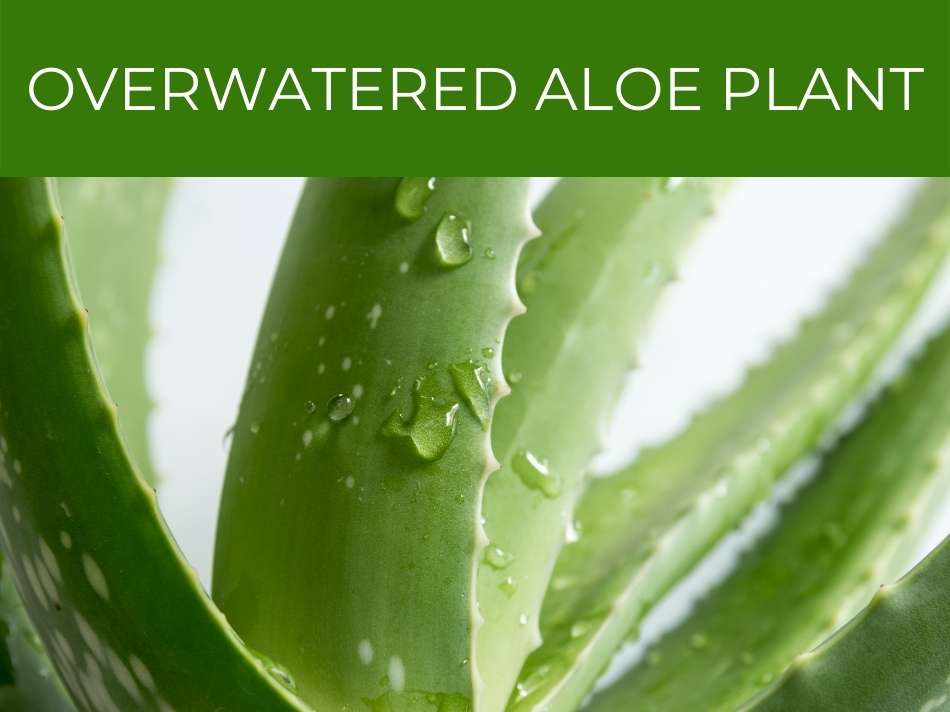
Overwatered aloe plant
Aloe vera plants grow naturally in warm, dry areas. This means they don’t need a lot of water to survive. The soil aloe vera plants thrive in is well-drained; aloe prefers warm temperatures. Aloe plants are particularly sensitive to overwatering, which can result in root rot.
Any plant that is overwatered could develop root rot.

Aloe vera plants grow naturally in the warmer areas of Africa and Asia.
These areas are dry and so they don’t need a lot of water to survive.
The soil in these areas is also well-drained.
This is typical of other desert plants & desert crops.
If an aloe vera plant is grown in a domestic garden, then it may become overwatered.
This will result in too much water forming around the roots.
A waterlogged plant will develop root rot, because its roots are essentially drowned.
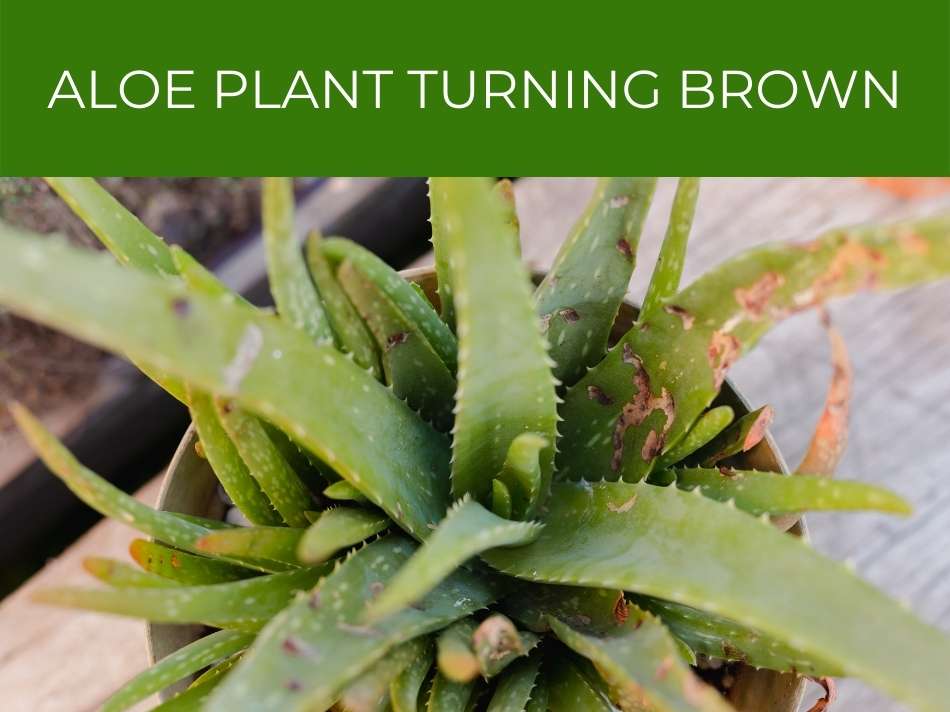
Aloe plant turning brown
Aloe vera plants can turn brown if they do not receive the correct amount of nutrients and water. This can be caused by the roots becoming waterlogged and developing root rot. In this case, the plant can no longer absorb the necessary nutrients.
If an aloe vera plant starts turning brown, it means that the stem and leaves are not receiving enough of the correct nutrients.
One of the likely causes for this is that the roots may have developed root rot.
Root rot can kill any type of plant.
Roots that become waterlogged essentially drown and reach a point when they can no longer absorb the necessary nutrients from the soil.
As this happens, spots form on the leaves, which will finally turn brown, dry out and die.
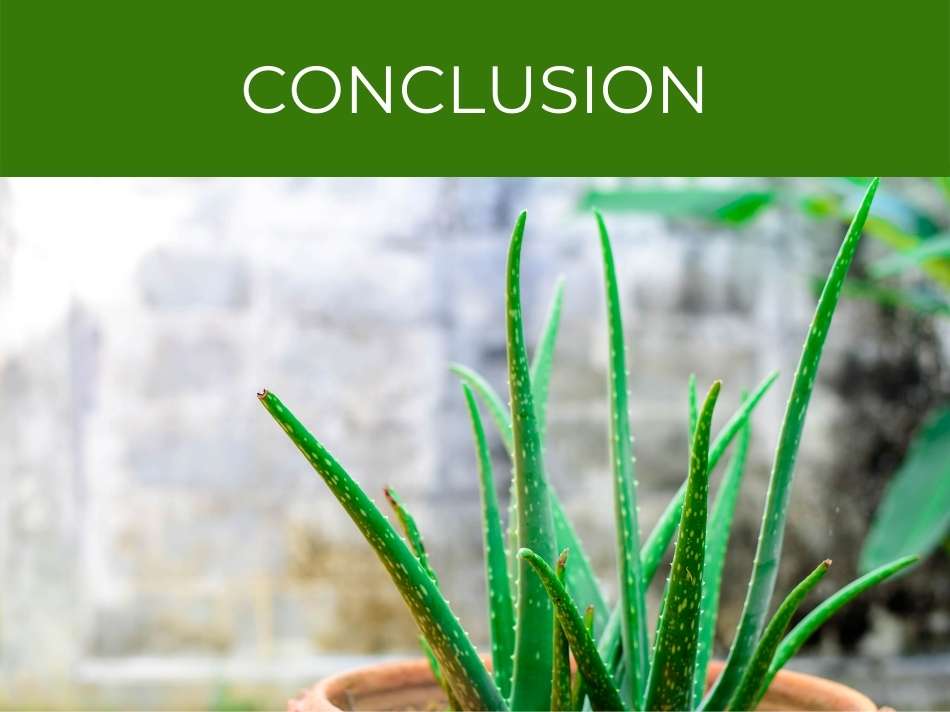
Conclusion
Aloe vera plants are sensitive to the amount of water they receive, because they occur naturally in dry, warm areas. If they are overwatered, the roots become waterlogged and can develop root rot. This will eventually kill the plant, so it needs to be avoided, or treated as soon as possible.

